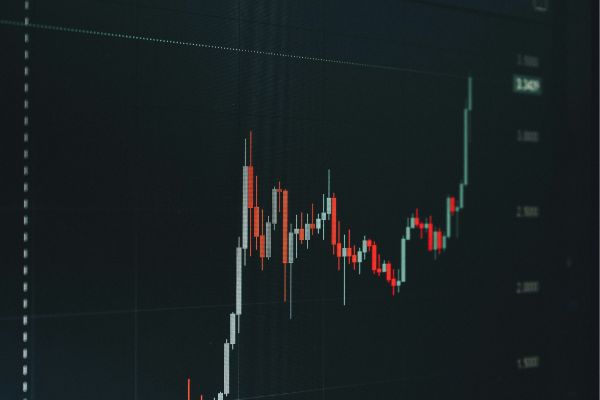This article further examines the effect of stock market falls in 2020 on structured products markets. The first article that appeared here concentrated on the investor perspective and how they may expect their products to perform after all mainstream indices have suffered losses of between 15% and 25% since the start of 2020. This article will look at the position of issuing banks both in hedging current positions and their appetite for new products.
As evidence of the scale and impact of the coronavirus pandemic began to dominate world news and market sentiment, stock markets around the world started to suffer losses that gathered pace from around February 20th 2020. The EuroStoxx-50 for example fell steadily in the three weeks, and then suffered a 12% loss on 12th March, a day which produced some extreme falls around the world.
Dramatic falls
Dramatic daily market falls and volatile markets of this magnitude are a rarity. By most measures only 1987 and 2008 have exceeded this year for extreme market moves. Many factors have come into play testing the skill, systems and modelling of trading teams. The three main factors that have affected risk management of structured products in recent weeks are market moves, volatility levels and dividends. One factor that is notably absent is credit spreads.
Because of the market falls, a considerable number of products, particularly short dated and those linked to single stocks have come close to or gone through barrier levels which brings increased trading risks. The reason that this category has been affected is that short dated products tend to have higher barrier levels (for example 80% instead of 50% or 60%) and therefore more easily breached. Single stocks are more volatile and in any large universe of product issuance some stocks will fall far enough to breach even a deeper barrier.
Losses can occur if hedges cannot be adjusted or liquidated when necessary, for example if the underlying jumps (“gaps”) through the barrier level. In certain scenarios such as fluctuating close to a barrier or auto-call point or approaching maturity near a strike or digital level the hedges themselves can change very quickly, increasing the risk to the trader because of the possibilities of incurring losses.
Volatility and Dividend considerations
Most capital at risk structured products have negative volatility exposure, meaning that if implied volatility levels rise then the value of the product decreases. For a bank with these positions as liabilities the usual hedge is to sell options initially to offset the long volatility position that is created. Since volatility hedging is difficult and inexact the scope for mismatches means that risk to the trading desk is again created.
The most significant effect of the market this year was the dramatic reduction in dividend payouts. This has been seen in many companies which has led to future years dividend yields estimates falling for most indices. Dividend exposure is notoriously difficult to hedge and is also in the same direction for any product that is “long” the market, which accounts for everything except range accruals and bear products. Since the value of structured products goes up when dividend yields are cut and the stocks or index future that banks hold as a hedge reduce dividends. This has caused significant losses for many trading desks.
The coronavirus situation represents an external shock to what was previously a healthy world economy, unlike 2008 which was years of over-leverage. Shutting down companies reduces or stops cash flow and one obvious way to compensate is to reduce costs and dividends. For certain sectors the scale of this issue is critical in the short and medium term.
Provided businesses can start at close to normal productivity soon the market is not pricing in widespread failures. Credit spreads of issuing banks have moved relatively little and are not one of the dominant effects unlike twelve years ago. This is in part due to the increasing capitalisation measure that were put in place to improve the capital adequacy of banks.
The extreme market moves and the pricing uncertainty around dividends and volatility levels means that banks are currently much more cautious in issuing new products. They are keen to avoid losses during the offer period by getting caught out by products being uncompetitive and order books not filled. Since many investors are still keen to invest in structured products because their rationale remains strong banks have trimmed their offerings to a smaller range of proven core products to capture the demand that is still out there but avoiding the pitfalls of managing multiple positions.
The last couple of months have been very challenging and in some cases costly for issuing banks. This has had a knock-on effect for distributors and investors. However despite the extreme circumstances the structured products market has continued to function well and can look forward to more normal times ahead.
Tags: Valuations Structured Edge






